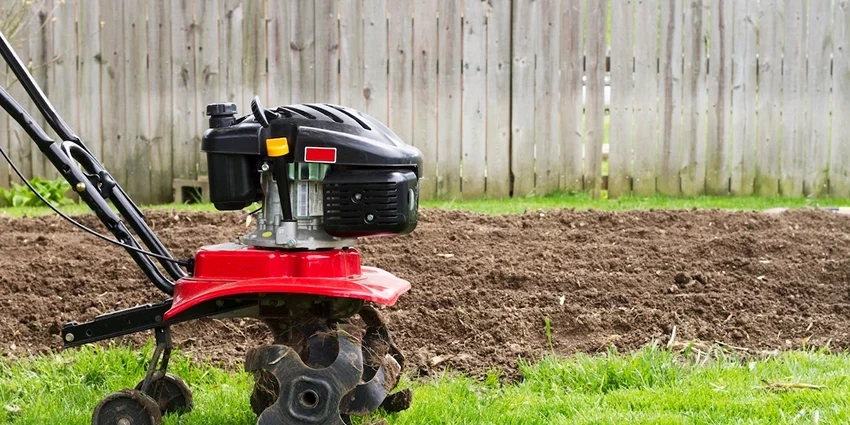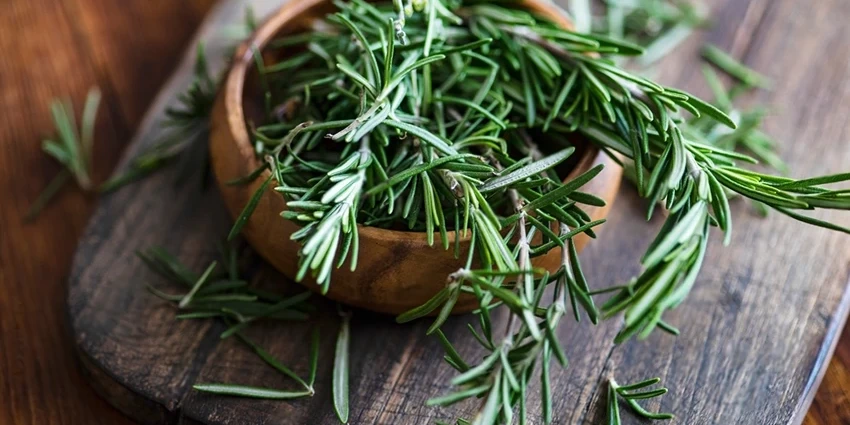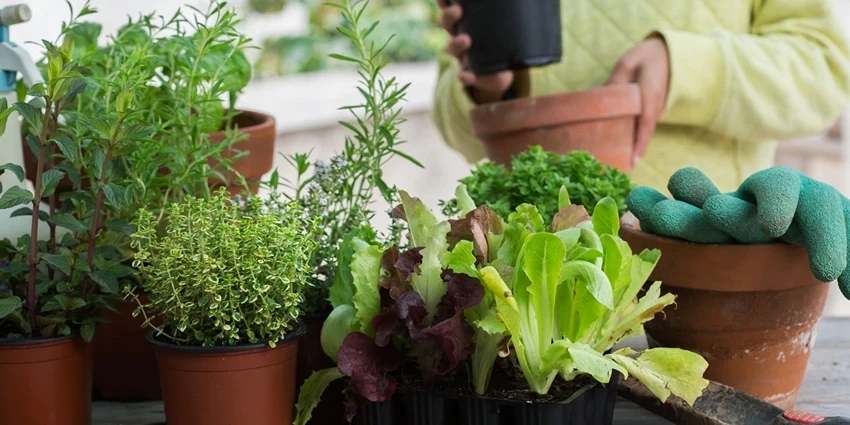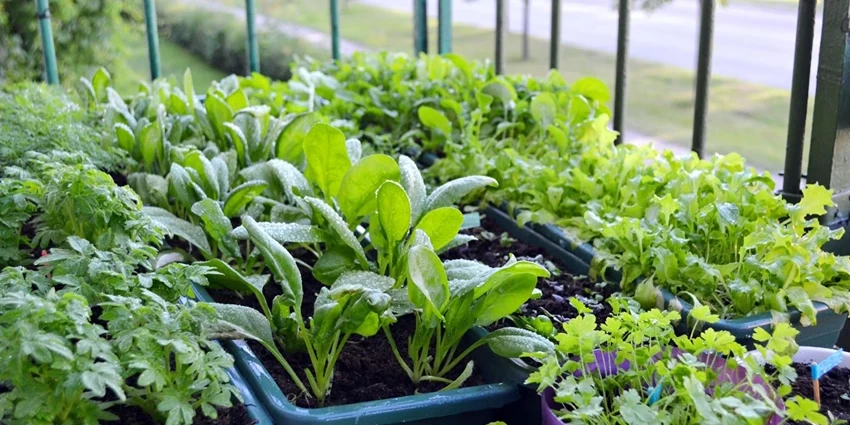All products were chosen independently by our editorial team. This review contains affiliate links and we may receive a commission for purchases made. Please read our affiliates FAQ page to find out more.
Home » Gardening Methods » Vegetable Garden Tools
Embarking on the journey of vegetable gardening is a rewarding endeavor that brings fresh produce right to your doorstep. But, like any craft, it requires a set of tools to turn the soil into a cradle of life. Whether you’re a seasoned gardener or a green-fingered newbie, knowing your tools is the first step to a bountiful harvest.
Register for our latest in-depth reviews and product round-ups from the experts.
Enter your email address below to receive our monthly review emails.
By entering your details, you are agreeing to our terms and conditions and privacy policy. You can unsubscribe at any time.
Gardening is not just a pastime; it’s an art that is perfected with the right set of tools. As you read on, you’ll be equipped with the knowledge to select the tools that will make your garden flourish.
Soil Preparation Equipment: Laying the Groundwork
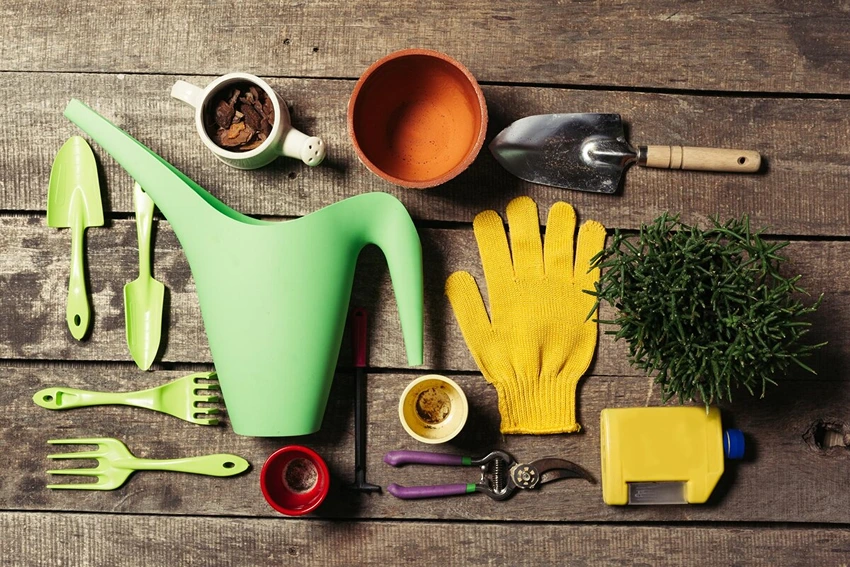
Trowels and Hand Forks
Before you can dream of juicy tomatoes and crisp cucumbers, you need to start with the soil. A trowel is the gardener’s trusty sidekick, perfect for digging small holes, transplanting seedlings, and mixing in fertilizers. Look for one with a comfortable grip and a sturdy blade.
- Hand Forks are invaluable for breaking up clods of soil and aerating compacted earth, which is essential for root growth. A good hand fork should feel like an extension of your own hand, with tines that can withstand the push and pull of gardening.
Spades and Shovels
Spades and shovels are the backbone of garden soil preparation. A spade’s sharp, flat blade is ideal for slicing through sod and edging garden beds. Shovels, with their curved blades, are designed for moving soil and compost. When choosing these tools, balance and ergonomics are key.
Rakes and Hoes
A garden rake with solid tines will help you smooth out the soil and gather any debris. A hoe, on the other hand, is perfect for shaping soil into rows and weeding between plants. The right hoe can make a day in the garden feel less like work and more like a walk in the park.
| Tool Type | Use Case | Ideal Feature |
| Trowel | Transplanting, digging | Ergonomic handle |
| Hand Fork | Aerating soil | Durable tines |
| Spade | Edging, slicing through sod | Sharp, flat blade |
| Shovel | Moving soil, compost | Curved blade |
| Rake | Smoothing soil, gathering debris | Solid tines |
| Hoe | Shaping soil, weeding | Easy to handle |
Planting Essentials: From Seed to Seedling
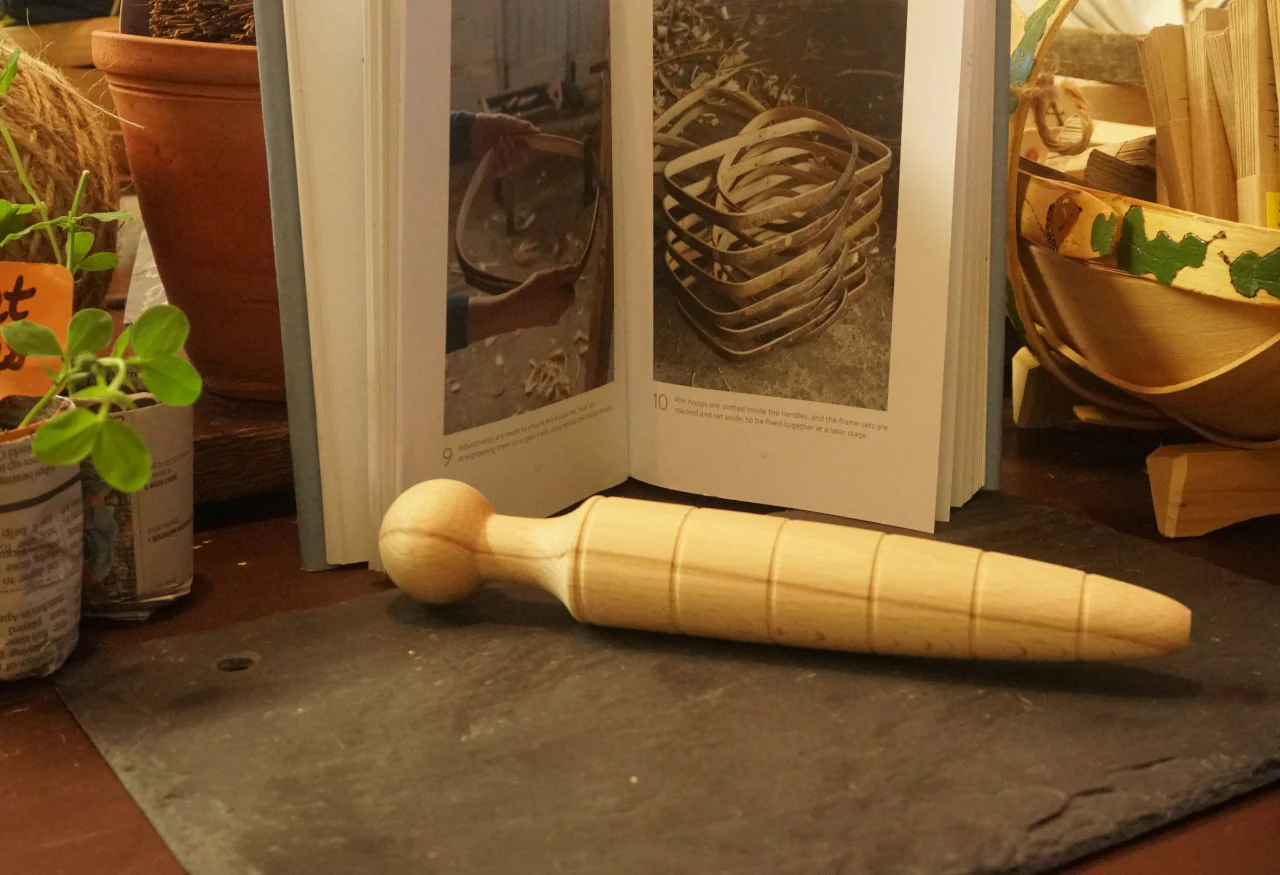
Seeders and Dibbers
When it’s time to plant, seeders can save you time and backache, distributing seeds evenly and at the correct depth to minimize the risk of overcrowding, which can attract vegetable garden pests. A dibber, meanwhile, is a simple yet effective tool for making precise holes for seeds or bulbs, further helping to prevent pest issues by ensuring that each plant gets the space it needs to thrive.
Watering Equipment Types
Water is life, and in the garden, the right watering equipment is crucial. From watering cans with long spouts for gentle watering to hose attachments that mimic rainfall, the key is to provide moisture without eroding the soil or damaging delicate plants. Visit our garden hose spray guns page.
For more detailed insights on effective vegetable garden irrigation, check out our guide here.
Maintenance Tools: Keeping Your Garden in Peak Condition
Pruners and Shears
Pruners and Shears – As your garden grows, so does the need for trimming and shaping. Pruners are perfect for snipping herbs and harvesting vegetables, while shears, especially the Best Gardening Shears, come into play for shaping bushes and cutting back perennials.
Weeding Tools
Weeds are the bane of any gardener’s existence, but with the right tools, they’re easily managed, even in kid-friendly projects like herb gardening for Kids. A weeding fork or a cape cod weeder can help you get right to the root of the problem, ensuring that weeds don’t steal valuable nutrients from your plants.
Wheelbarrows and Garden Carts
Finally, a wheelbarrow or garden cart is indispensable for moving soil, compost, and harvests. Additionally, keeping your garden clean is easier with tools like the best leaf blower vacuums. It’s the workhorse of the garden, saving you from heavy lifting and keeping your tools at hand as you move from bed to bed.
| Maintenance Task | Tool | Benefit |
| Trimming, Harvesting | Pruners | Precise cuts |
| Shaping Plants | Shears | Healthy growth |
| Weeding | Weeding Fork, Cape Cod Weeder | Nutrient preservation |
| Transporting | Wheelbarrow, Garden Cart | Ease of movement |
Specialized Vegetable Garden Tools: Elevating Your Gardening Game

Cultivators and Tillers
For larger gardens or preparing new beds, a cultivator or tiller can be a game-changer, similar to how using the best hedge trimmers can significantly ease garden maintenance. These power tools break up the soil, mix in compost, and help control weeds. While they represent a larger investment, they pay dividends in time and labor saved.
Garden Forks and Broadforks
Garden forks and broadforks are perfect for turning soil, harvesting root vegetables, and breaking up dense earth without damaging the soil structure. They’re a step up from the basic spade, offering more precision and less strain on your back.
| Advanced Tool | Function | Benefit |
| Cultivator | Soil mixing, weed control | Saves time |
| Tiller | Breaking up soil | Reduces labor |
| Garden Fork | Turning soil | Preserves soil structure |
| Broadfork | Harvesting root vegetables | Reduces back strain |
Protective Equipment Essentials: Safeguarding the Gardener
Gardening involves hands-on work, making it essential to safeguard yourself. The best gardening gloves offer protection for your hands from thorns, insects, and soil-borne bacteria. Utilizing kneeling pads can offer comfort to your knees while engaging in planting and weeding activities. Additionally, wearing protective clothing such as long sleeves and pants is crucial to avoid scratches and sunburn during your gardening tasks.
Tool Care and Maintenance: Prolonging the Life of Your Tools
Cleaning and Storing Garden Tools
After a day in the dirt, cleaning your tools, including the best cordless lawn mowers, is crucial to prevent rust and soil buildup. Rinse off soil, dry them thoroughly, and store them in a dry place.
Sharpening and Maintenance Schedule
Regular sharpening keeps tools like pruners and shears in top condition. Set a maintenance schedule to check for wear and tear, tighten loose screws, and oil moving parts. A well-maintained tool is a pleasure to use and will last for many seasons.
| Maintenance Activity | Frequency | Tools Involved |
| Cleaning | After use | All tools |
| Sharpening | Seasonally | Pruners, Shears |
| Checking for Wear | Monthly | All tools |
| Oiling | Bi-annually | Tools with moving parts |

FAQs: Answering Your Vegetable Garden Tool Queries
Use a file or sharpening stone, following the original angle of the edge. Always wear gloves and work away from your body for safety.
Inspect your gloves regularly for signs of wear. High-quality gloves can last several seasons, but replace them if they develop holes or the seams come apart.
While power tools are efficient, they may be overkill for a small space. Hand tools offer more precision and control in tight areas.
Mulching and regular hand-weeding are the most environmentally friendly methods. They prevent weed growth and don’t involve chemicals.
The tool should feel comfortable in your hand, not too heavy or too light. It should also be proportionate to your body size and strength.
Equipping yourself with the right tools and knowledge for vegetable garden troubleshooting ensures your garden becomes a haven of productivity and peace. The most effective tool is one that feels right in your hands and meets the specific needs of your garden.
Eleanor is the quintessential spirit of the British gardener — passionate, dedicated, and endlessly curious about the natural world. Born and raised amidst the verdant landscapes of the Cotswolds, she developed an early love for the outdoors, often spending hours in the family garden with her hands buried in the soil, nurturing every type of plant she could find.



